
Initiating and adhering to ART is a difficult task for a significant number of people living with HIV. A new study shows that making a concerted effort to find and encourage this population to get the care they need is not an impossible dream.
Laurie Saloman is a seasoned medical journalist who has written extensively about HIV, influenza, Zika, Covid-19, cancer, endocrine disorders, mental illness, and other infectious and non-infectious diseases. Her work has appeared in Contagion, The American Journal of Managed Care, Pfizer’s Breakthroughs.com, Health After 50, and the journal of the Emergency Nurses Association, among others. A member of the Association of Health Care Journalists and the American Society of Journalists and Authors, Laurie lives in New Jersey with her family. You can reach her on Twitter: @LaurieSaloman

Initiating and adhering to ART is a difficult task for a significant number of people living with HIV. A new study shows that making a concerted effort to find and encourage this population to get the care they need is not an impossible dream.

Providers’ communication styles and level of knowledge about HIV have a significant impact on whether patients begin and remain in treatment.
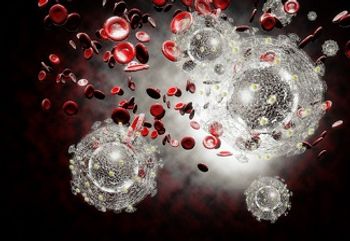
The discovery of dendritic cells known as CD11c+ offers a pathway to understanding the mechanism behind HIV transmission and how to halt it.
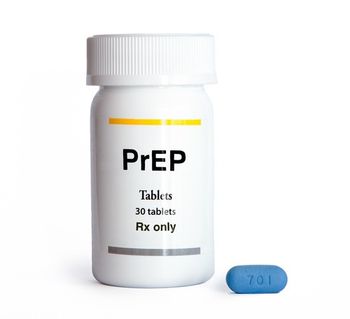
Identifying patients in electronic health records databases who would benefit from taking PrEP is much easier with the advent of an automated algorithm.

C auris is a deadly fungus targeting the elderly and immunocompromised in health care facilities. New research highlights skin shedding as a likely method of transmission.
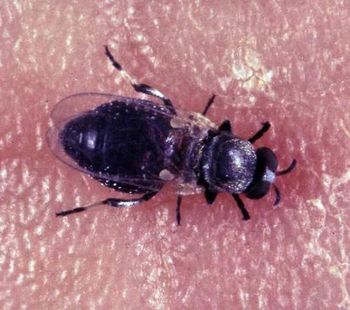
Traditional testing for river blindness, a neglected tropical disease that World Health Organization aims to eradicate, is not as sensitive as it could be.
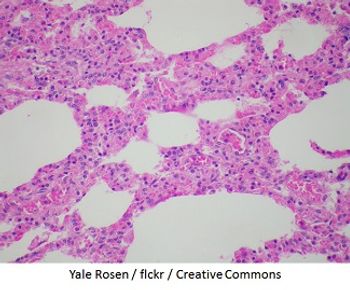
RSV is a pernicious pathogen that may spread easily among the homeless and possibly cause more severe disease.

A recent animal trial reveals that MK-8591 offers protection against SHIV at lower and more infrequent doses than current PrEP options, renewing hope for more choices in the future.
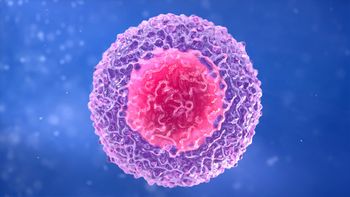
Very early introduction of ART may alter HIV immune response long term, with implications for development of effective vaccine.

A study led by Cleveland Clinic investigators confirms that placing implantable cardiac devices inside an envelope that emits antibiotics slashes infection rates.
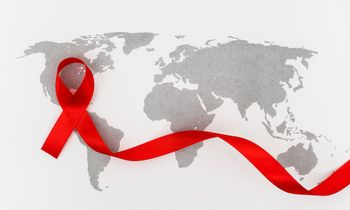
Is there a cure? How long until we find it? And will it work for the majority of people living with HIV?

Women are quite receptive to learning about PrEP in the right environment, but some providers have a long way to go in terms of education.
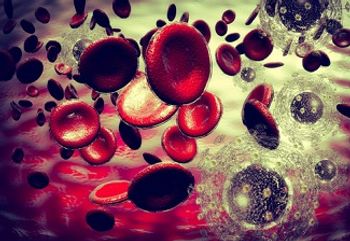
In a tiny number of cases, treating HIV with ART actually makes CD4+ T cell levels fall.

Difficulties connecting with physicians mean not all people at risk of acquiring HIV have access to PrEP. Putting nurses on the front lines could change that.

A team of investigators is examining why some transgender women taking hormones may need higher levels of PrEP medication.

A study using monkeys provides an intriguing glimpse of the possibilities of using CRISPR gene editing technology to knock out HIV reserves in humans.
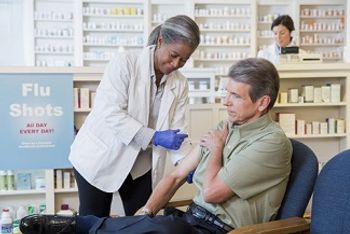
Could an additive in your food be messing with the immune process that helps you fight off the flu after receiving the influenza vaccine?

With the proper use of antiretroviral therapy and pre-exposure prophylaxis, the risk of HIV transmission has never been lower. So why do some practitioners hesitate to endorse condomless sex?

Although preventing the transmission of HIV from mother to baby is of paramount importance, we cannot overlook other health issues that may crop up later in life for children born to women with HIV.

With a disproportionate percentage of new HIV infections occurring in young MSM, tech tools may be a way to counter this trend.

Solving a years-old mystery, investigators have discovered that MHC-II molecules can provide a gateway for bat influenza to infect human cells.
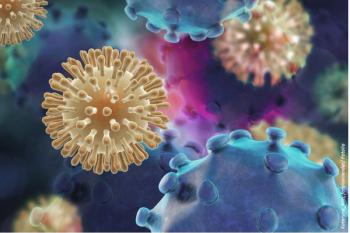
A London study shows that men infected with HIV are acquiring HCV at much lower levels than before.
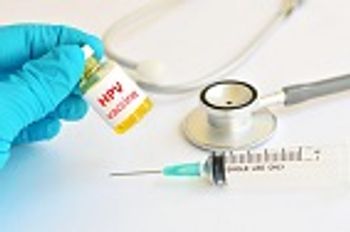
The HPV vaccine appears to be doing what it was intended to do—lowering rates of cervical cancer, particularly HPV types 16 and 18, responsible for most cases worldwide.
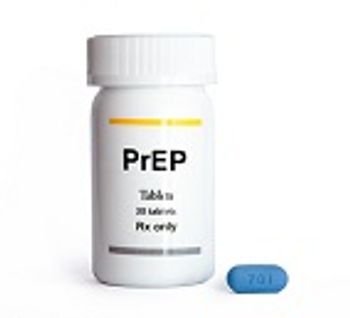
Recognizing that many college students are in the riskiest category, agewise, for HIV, new guidelines aim to help providers be more proactive about PrEP.

Using genome sequencing, investigators have been able to identify clusters of individuals with HIV—with a particular focus on transgender women.

Concerns of at-risk patients forgoing condoms may be driving the reluctance of some clinicians to prescribe the preventive regimen.

ART is associated with increased waist size in some people with HIV, and a new study aims to shed light on the factors involved.
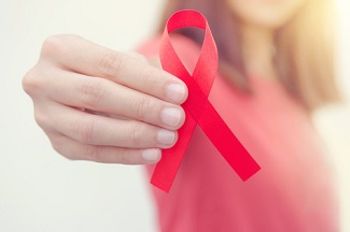
For individuals willing to self-collect specimens, staying on PrEP in order to avoid HIV infection may get significantly easier.

Taking pre-exposure prophylaxis does not appear to lower the quality of life for people at risk of contracting HIV.

Women living in or traveling to Africa and the Middle East should take precautions and avoid contact with mosquitoes and livestock.